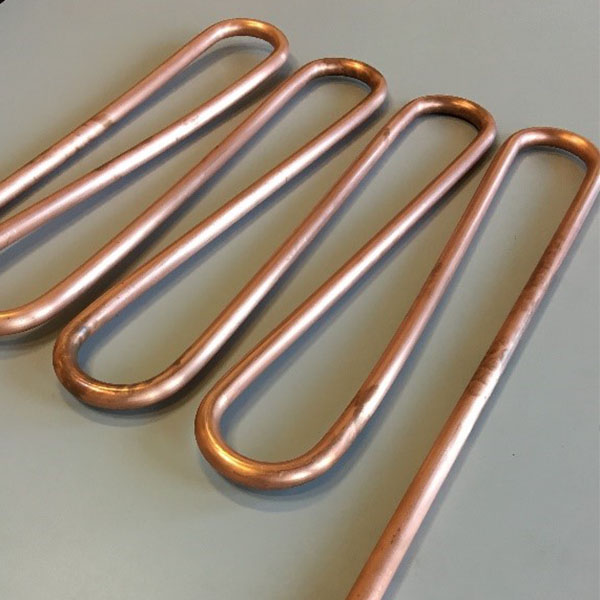Tube Bending
There are various tube bending processes available to you today. It is important to pay attention to required bending data and apply that understanding to what is commercially available to meet you needs.
Required physical information about the finished part to achieve a successful component that fits your equipment needs are:
a: Outside diameter (OD)
b: Wall thickness
c: Bending radius (usually measured from tube center line)
d: Material
e: Part configuration
f: Bend quality required (ovality and wall thinning)
Of interest in the selection of a bending method are items a, b, and c. These factors
correlate to each other and will directly influence the supplier selection to meet your needs.
Bending data can be defined as:
a: Degree of bend sometimes called “angle”
b: Distance between bends sometimes called “length”, “feed”, or “position”
c: Plane of bend, sometimes called “twist”, “rotation”, or “orientation”
BENDING METHODS
- Manual bending
- Semi-automatic bending
- CNC bending


